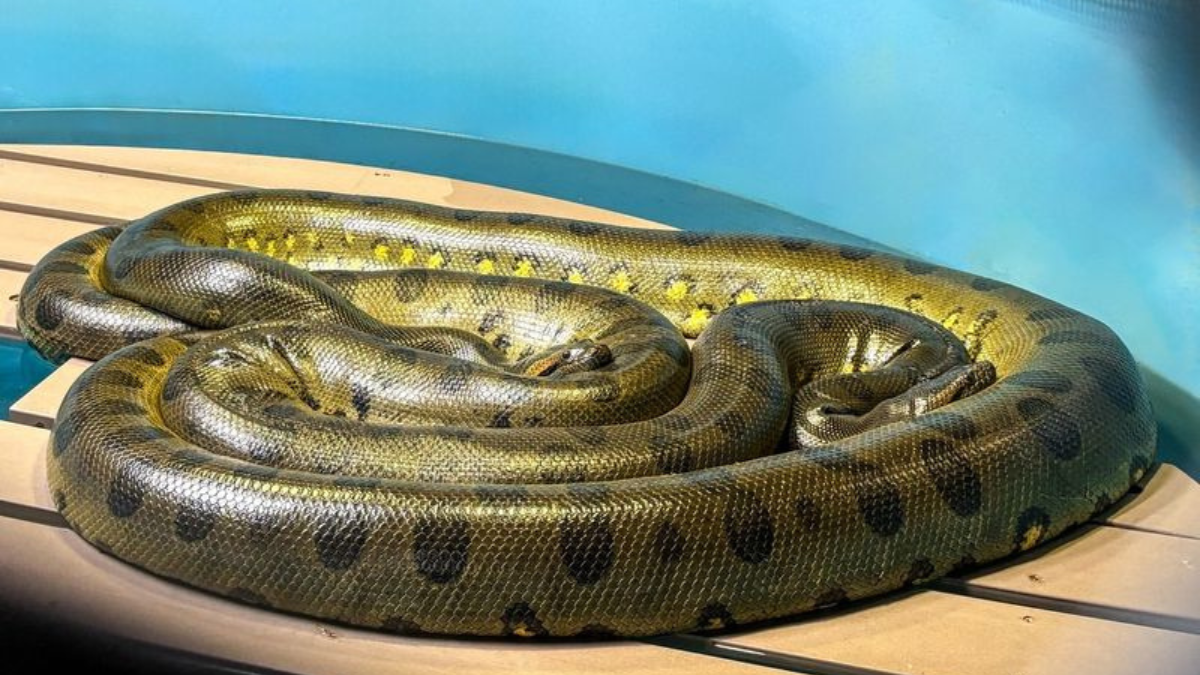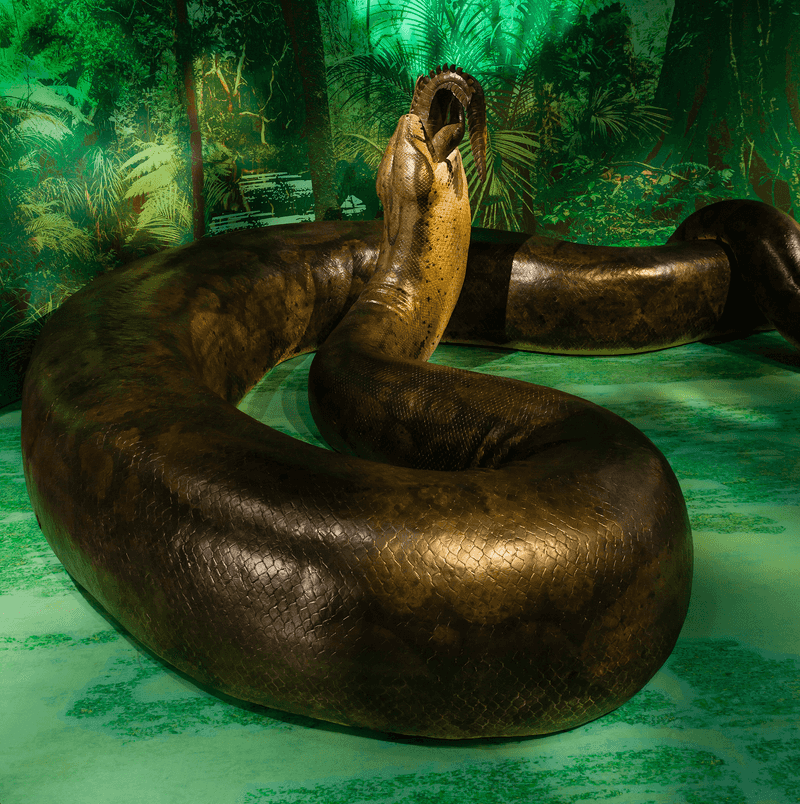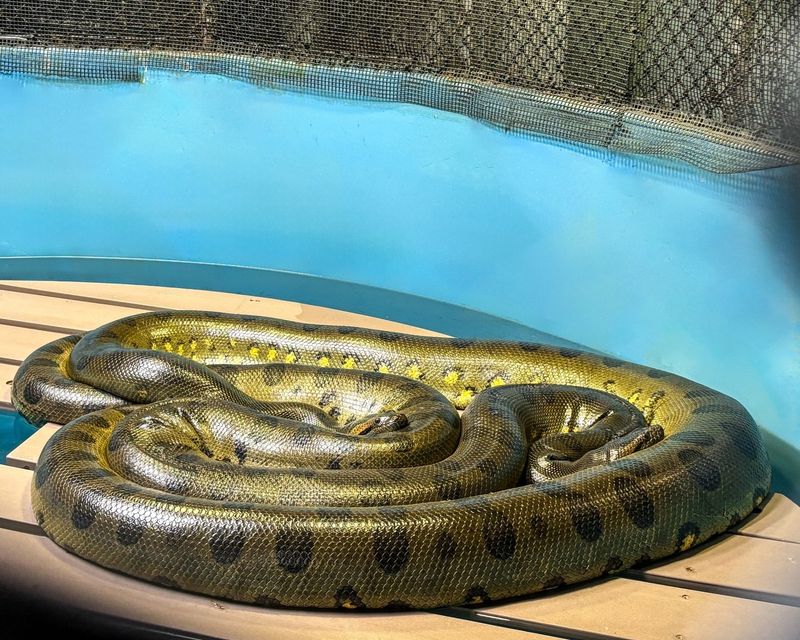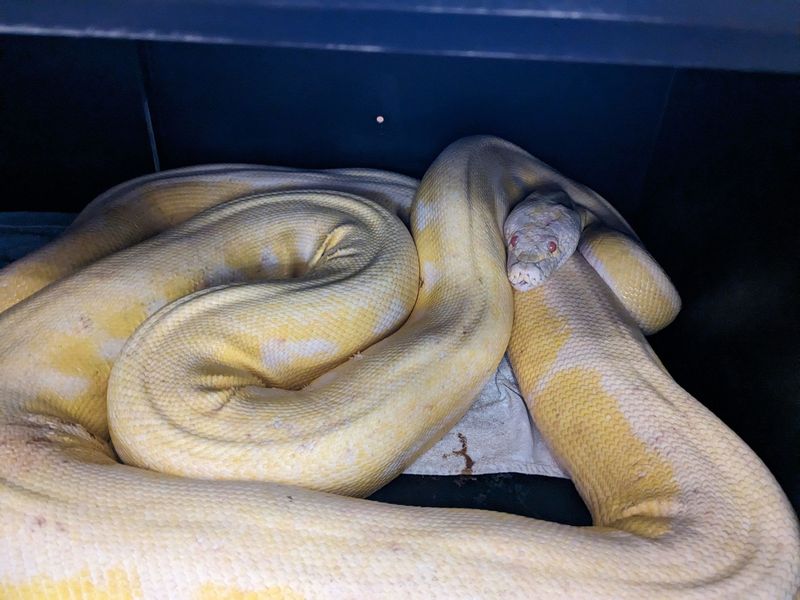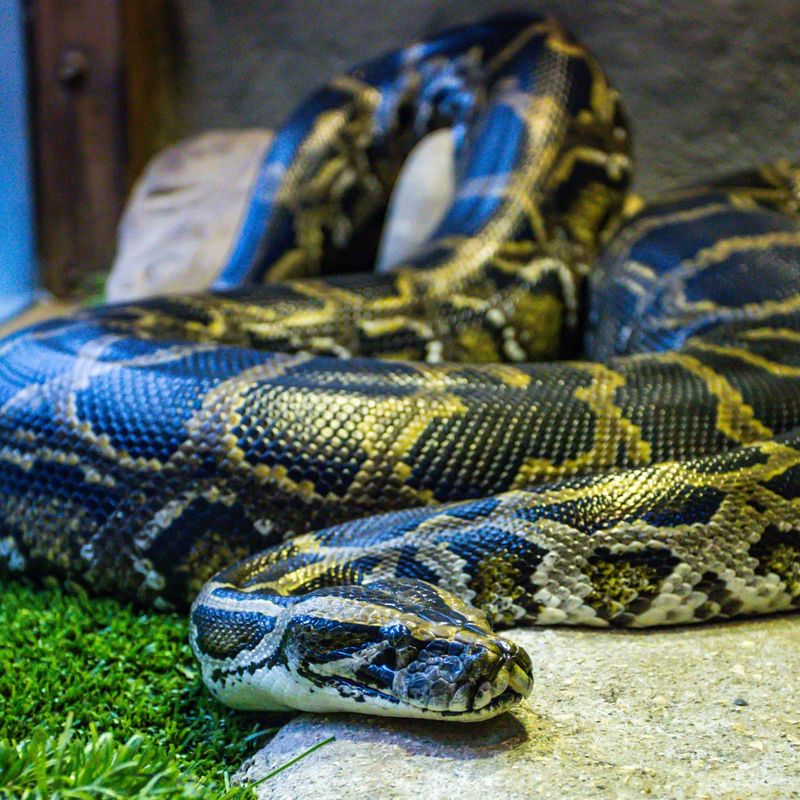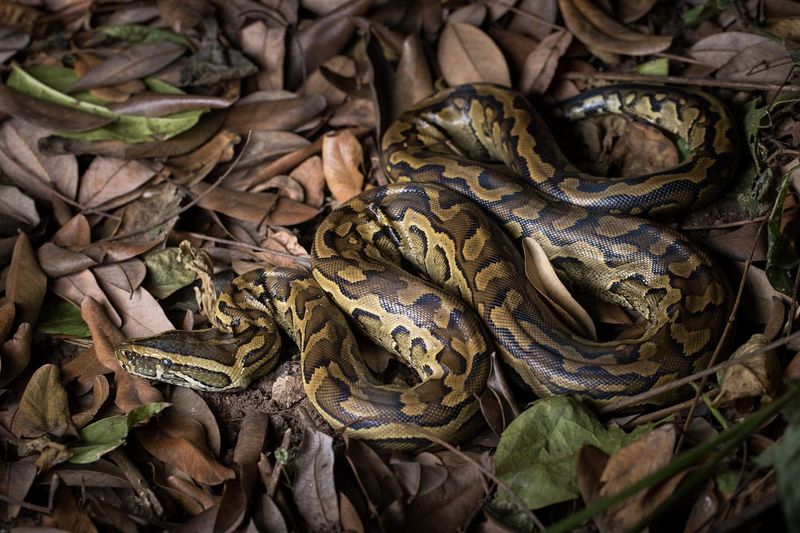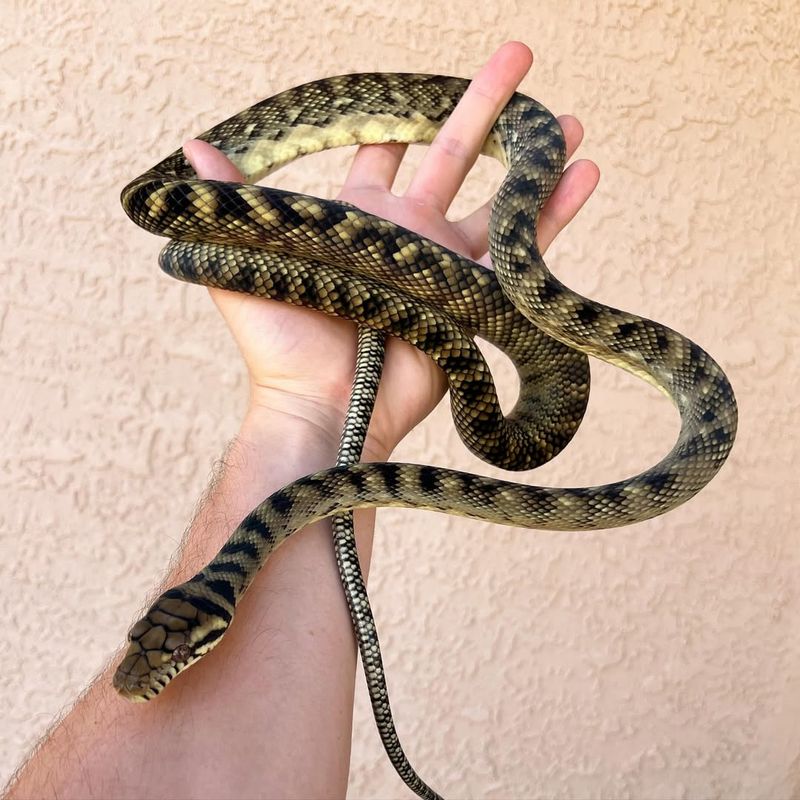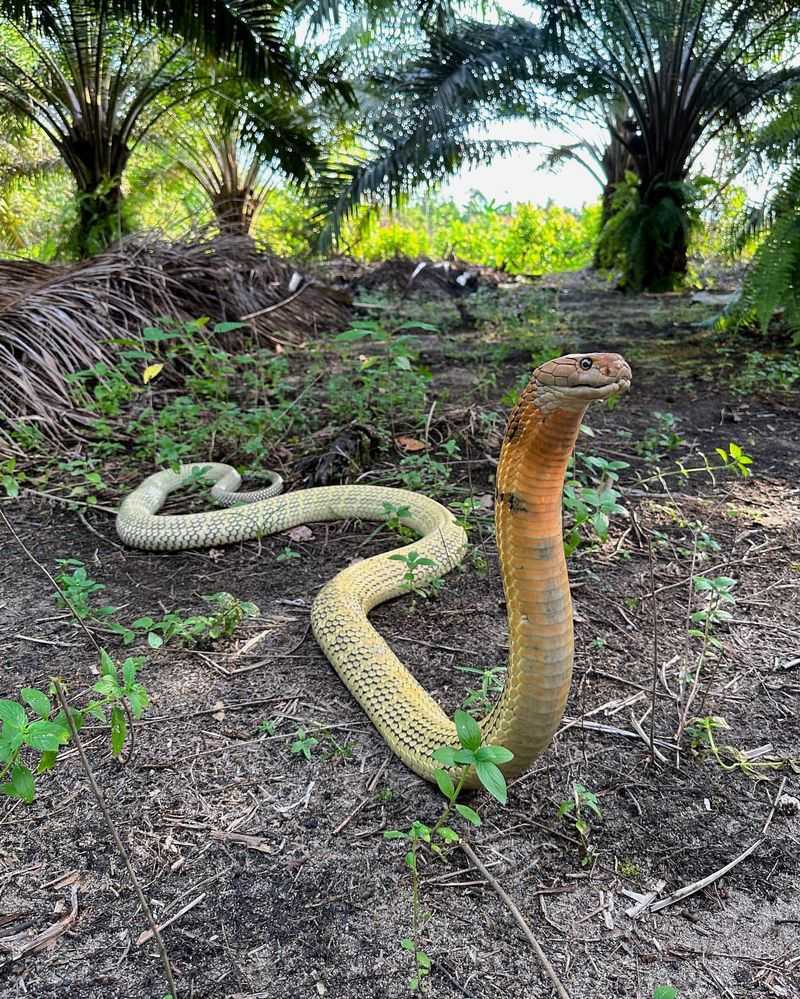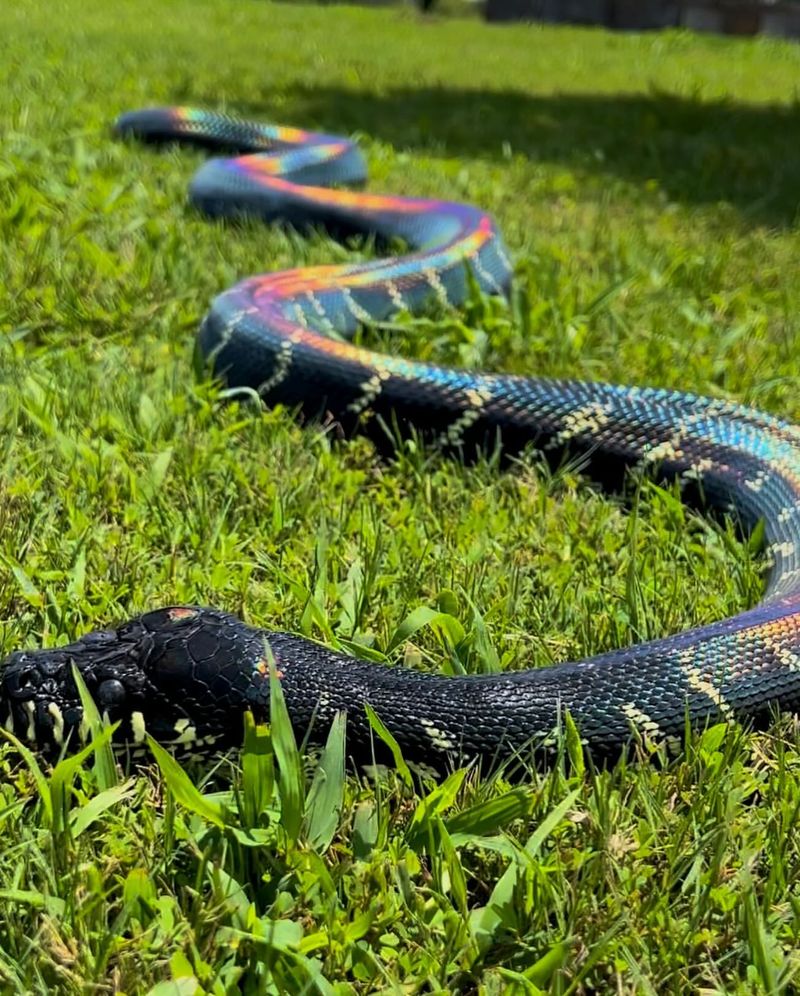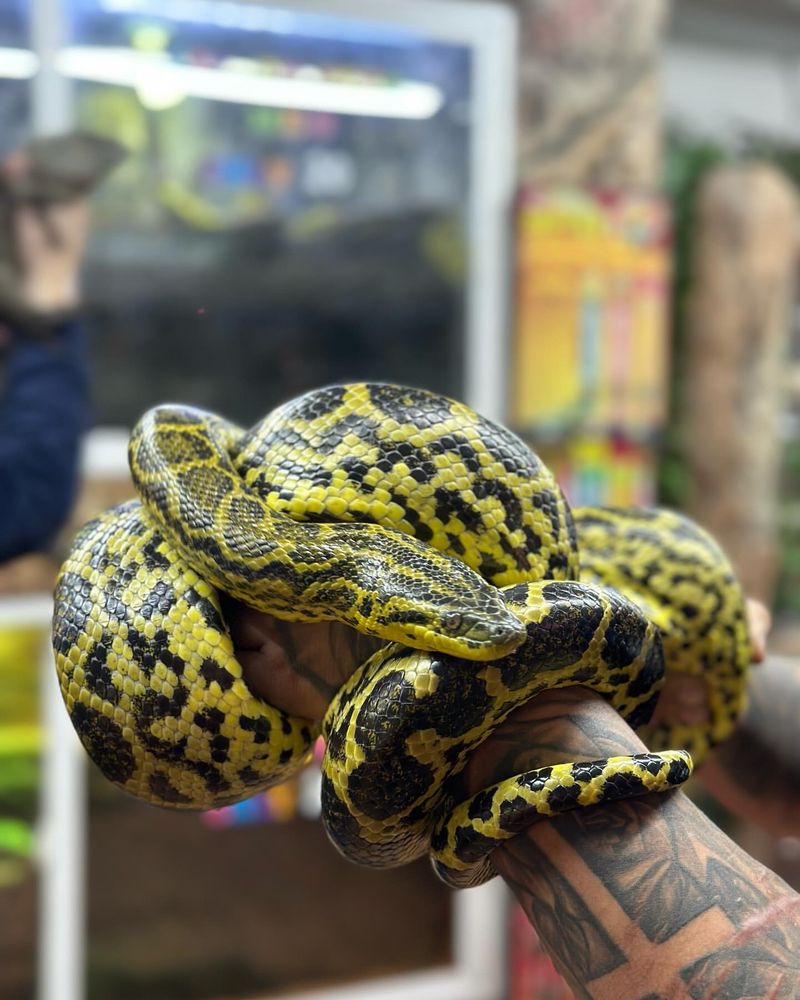📖 Table of Content:
Throughout history, stories of enormous serpents have sparked our imagination and curiosity. These creatures, often wrapped in myth and mystery, continue to captivate people across cultures. From ancient legends to modern-day discoveries, the fascination with giant snakes is timeless.
Discover 10 of the biggest snakes ever recorded, exploring their incredible size and the environments they inhabit. These snakes, often larger than life, have a profound impact on both wildlife and folklore. Their sheer scale and power make them awe-inspiring, whether in the wild or in the stories passed down through generations.
As we delve into the world of these giant reptiles, prepare to be amazed by their impressive size and the myths that surround them. From lush rainforests to remote jungles, these snakes rule their habitats. Get ready to meet some of the most jaw-dropping creatures the world has ever known.
1. Titanoboa cerrejonensis
A prehistoric snake that lived around 60 million years ago, the titanoboa cerrejonensis, was a colossal serpent. Measuring an astounding 42 feet in length, it weighed over a ton. Imagine encountering this giant in the wild! Scientists discovered its remains in Colombia, providing insights into the tropical climate of the Paleocene epoch.
The titanoboa’s size and hunting prowess made it the apex predator of its time, preying on large crocodiles and fish. Its discovery has sparked interest in paleontological circles and inspired depictions in media, showcasing its massive bulk and fearsome presence.
2. Green Anaconda
The green anaconda is the largest snake in the world by weight and the second longest. Native to the swamps and rivers of the Amazon, it can grow over 30 feet long. Its robust body and olive-green scales allow it to blend seamlessly into the watery habitats it calls home.
Anacondas are powerful constrictors, capable of subduing large prey such as deer and caimans. Their method of ambush and stealth makes them formidable hunters. Despite their size, they are surprisingly elusive, often hidden in murky waters. Their remarkable adaptability underscores their survival prowess.
3. Reticulated Python
Holding the title for the longest snake in the world, the reticulated python can reach lengths of over 30 feet. Found in Southeast Asia, it features a striking pattern of diamond-like shapes along its body, providing excellent camouflage.
These pythons are skilled swimmers and climbers, often found in forests and grasslands. They hunt a variety of prey, from birds to mammals, using their powerful constriction to subdue them. Despite their size, they are not typically aggressive to humans unless provoked. Their adaptability to various habitats is truly remarkable.
4. Burmese Python
Known for its impressive girth and length, the burmese python is a heavyweight in the snake world. Native to Southeast Asia, these snakes can grow up to 23 feet long. Their beautifully patterned skin is prized in the leather trade, though this has led to concerns about their conservation.
Burmese pythons are often found near water, where they ambush prey such as birds and small mammals. Their sheer size and strength make them formidable predators. In recent years, they have become an invasive species in Florida, impacting local ecosystems. This adaptability has fueled their spread and survival.
5. African Rock Python
One of Africa’s largest snake species, the African rock python can exceed 20 feet in length. Native to sub-Saharan Africa, these pythons are recognized for their striking patterns and powerful build.
They inhabit a variety of environments, from forests to savannahs, often near water sources. Their diet includes antelope and even crocodiles, highlighting their incredible strength and hunting prowess. Though feared for their size, they play a crucial role in controlling pest populations. Their resilience and adaptability have allowed them to thrive in diverse habitats.
6. Amethystine Python
The amethystine python, also known as the scrub python, is Australia’s largest snake, reaching lengths of up to 23 feet. Its stunning iridescent scales display shades of green and purple, giving it a unique appearance.
These pythons inhabit tropical forests and scrublands, where they are skilled climbers and hunters. Their diet consists mainly of birds and mammals, which they capture with their powerful constriction. Despite their size, they are generally shy and elusive, avoiding human confrontation. Their striking beauty and ecological role make them a fascinating subject of study.
7. King Cobra
Revered for its majesty and feared for its venom, the king cobra is the world’s longest venomous snake, growing up to 18 feet. Found in India and Southeast Asia, it commands both respect and awe.
Unlike most snakes, the king cobra feeds primarily on other snakes, including venomous species. Its intelligence and territorial behavior set it apart, making it a fascinating subject for herpetologists. The king cobra’s presence in folklore and its symbolic status reflect its powerful impact on cultures. Despite its fearsome reputation, it generally avoids humans, preferring forests and swamps.
8. Boelen’s Python
Found in the highland forests of Papua New Guinea, Boelen’s python is a mysterious and stunning snake. Growing up to 10 feet in length, its striking appearance is what truly captivates enthusiasts.
With glossy black scales and a white underbelly, it is often considered one of the world’s most beautiful snakes. Little is known about its behavior due to its remote habitat. Its diet primarily includes rodents and birds, which it hunts with precision. Conservation efforts are underway to preserve this enigmatic species, as its habitat faces threats from human activities.
9. Yellow Anaconda
The yellow anaconda, smaller than its green cousin, still impresses with a length of up to 15 feet. Found in South America, particularly Argentina, it inhabits wetlands and marshes.
Its yellow and brown patterned scales provide excellent camouflage in murky waters, where it hunts fish and small mammals. Despite being less known than the green anaconda, its adaptability and resilience are noteworthy. Yellow anacondas play a vital role in controlling aquatic prey populations. Their secretive nature makes them a lesser-known yet fascinating subject of study for herpetologists.
10. Indian Rock Python
Native to the Indian subcontinent, the Indian rock python can grow up to 20 feet long. Its striking pattern of light and dark scales makes it a master of camouflage in its natural habitat.
These pythons inhabit forests, grasslands, and wetlands, where they hunt a variety of prey including small mammals and birds. Their powerful constriction method enables them to subdue large animals. Despite their size, they are non-venomous and generally avoid humans. Their ecological importance and adaptation to diverse environments make them a crucial part of their ecosystems.
